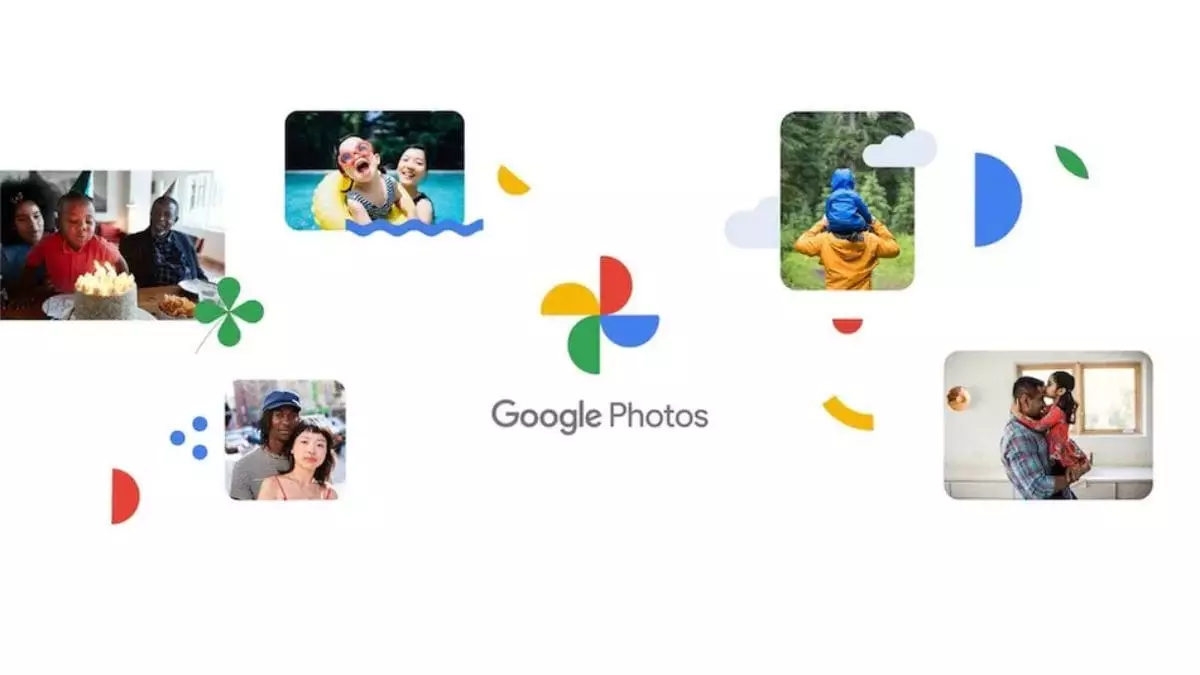In an age where digital content creation has come to dominate social media and communication, the integrity and authenticity of visual media have never been more crucial. Google Photos is reportedly taking a significant stride toward combatting misinformation with a new feature that tracks the involvement of artificial intelligence (AI) in image generation and enhancement. This article delves into the implications of this development, examining its potential impact on users, content creators, and the broader ecosystem of digital media.
The rapid ascent of AI in content creation has blurred the lines between reality and manipulation. Deepfakes, which are artificially created images or videos that can convincingly portray individuals in situations they were never a part of, have become a growing concern not just for individuals but for society at large. The recent lawsuit filed by Bollywood actor Amitabh Bachchan against a company using deepfake technology in promotional content underscores the gravity of this issue. Such instances highlight the urgent need for transparent solutions that allow users to discern between authentic and manipulated content.
Google’s intended functionality to identify whether a photo was generated or altered via AI represents a proactive approach to tackling this dilemma. By embedding ID resource tags that carry metadata related to the image’s origin, Google aims to empower users with information that fosters informed decisions about the content they consume and share.
Decoding the Functionality
According to recent reports, the feature includes new XML codes found within Google Photos version 7.3, which suggest that it will reference ‘ai_info’ to flag AI-generated content. This could potentially serve as a game changer in how users interact with visual media by providing a transparency layer that was previously unavailable. However, critical questions remain regarding the practicality of its implementation.
For instance, how will this information be presented to users? While integrating the data into Exchangeable Image File Format (EXIF) metadata seems like a foolproof plan to maintain authenticity, it also makes it less accessible for the average user who may not delve into the technical specifications of a photo. Conversely, a more user-friendly solution such as an on-image badge could revolutionize the way consumers vet their content at a glance, but it brings about aesthetic and usability considerations that Google must carefully weigh.
For everyday users, this new feature could herald a new era of media consumption, where the audience is more aware of the authenticity of images and videos they encounter. As misinformation proliferates online, the ability to rapidly discern the nature of content could bolster trust in media sources. Users may find comfort in knowing that they can verify the authenticity of an image with a simple glance, making them more discerning consumers of information.
On the flip side, this development presents challenges for content creators, particularly those leveraging AI in their work. As creators begin to adopt AI tools like Midjourney and Gemini for innovative storytelling and artistic expression, they may find themselves navigating a dual-edged sword; the technology that empowers them also subjects them to scrutiny and regulatory pressure. The potential labeling of their work as AI-generated could evoke mixed reactions—while some may appreciate the transparency, others may view it as a devaluation of human creativity.
As Google prepares to roll out this feature, it acts as a crucial reminder of the importance of transparency in an increasingly complicated digital landscape. In a world where misinformation can have tangible consequences, such innovations are not merely technical advancements; they represent steps toward restoring trust in digital media. However, to maximize the efficacy of such tools, ongoing discourse among tech companies, users, and creators is essential. Finding a balance between transparency and creative expression remains paramount to fostering a healthy digital environment.
Ultimately, while the intention behind this Google Photos functionality is commendable, its success will hinge on thoughtful implementation, user education, and collaboration across the digital space. Only time will reveal whether this initiative will significantly alter our engagement with digital content or if it will merely become another footnote in the ongoing narrative of technology’s tug-of-war with authenticity.


Leave a Reply